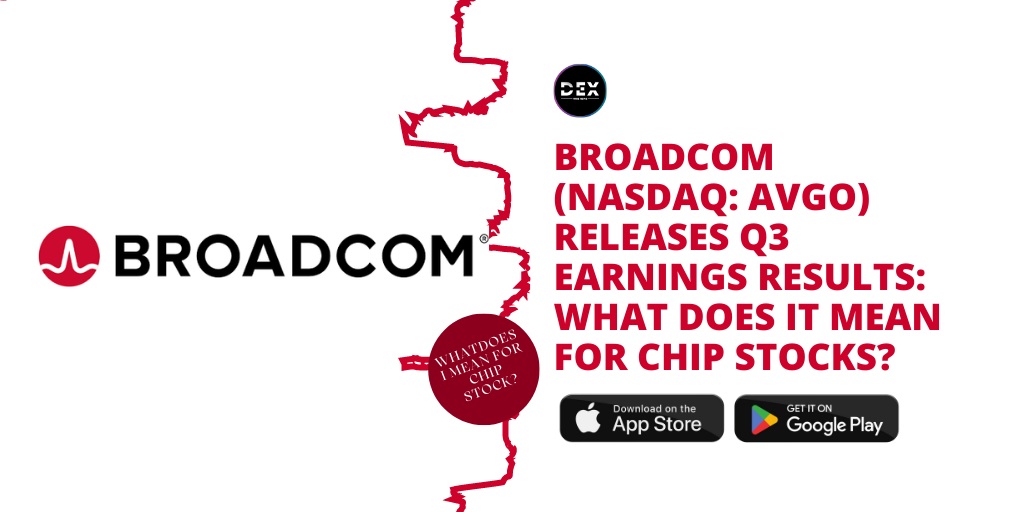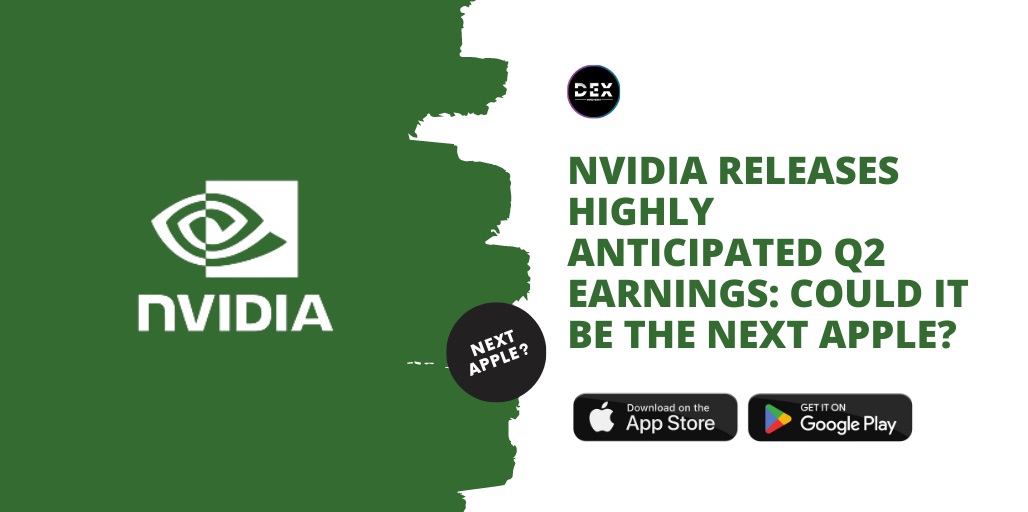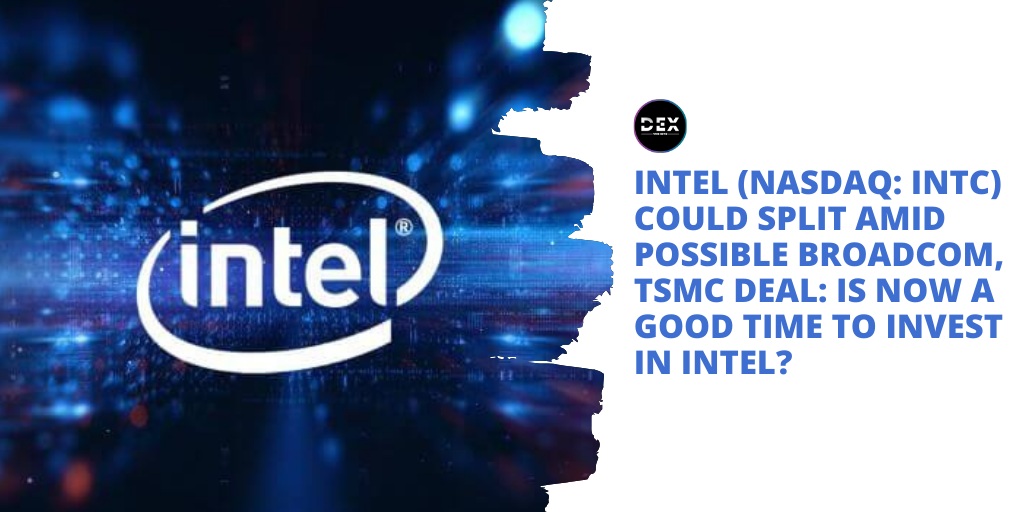Advanced Micro Devices, Inc., (NASDAQ: $AMD) commonly known as AMD, stands as an American multinational semiconductor company headquartered in Santa Clara, California. It specializes in the development of computer processors and associated technologies, catering to both business and consumer markets.
Established in 1969 by Jerry Sanders and a cohort of technology professionals, AMD initially focused on producing memory chips and other computer components. As the company evolved, it ventured into the microprocessor market, engaging in competition with Intel, its primary industry rival.
Experiencing substantial growth and success in the early 2000s, AMD solidified its position in the PC market, propelled by the popularity of its Athlon and Opteron processors.
However, in the late 2000s and early 2010s, AMD encountered challenges as it struggled to match Intel’s pace in developing faster and more powerful processors.
The late 2010s witnessed a resurgence for AMD, marked by the triumph of its Ryzen processors, widely acknowledged for their superiority over Intel products, especially in business applications and cloud computing. AMD’s processors find applications in diverse computing devices, spanning personal computers, servers, laptops, and gaming consoles.
Initially responsible for in-house processor manufacturing, AMD later adopted a fabless approach, outsourcing its manufacturing after the spin-off of GlobalFoundries in 2009.
Advanced Micro Devices Market Share and Performance Update
Mercury Research has released its Q3 x86 processor market share data, revealing that AMD has expanded its presence across servers, desktops, and laptops. In the PC sector, AMD commands nearly 20% market share in volume and 17% in revenue, indicating a continued price advantage over Intel.
However, Intel maintains a substantial lead in revenue (and potential profit). In the server segment, AMD boasts an impressive 30% revenue share in volume and 24% in units, positioning itself as a premium brand. Notably, the company has surpassed the 20% market share threshold for desktops.
Comparing to 2022, AMD has made substantial gains in desktop and laptop PC shares, increasing from approximately 12%. Server share has also seen modest growth from around 27%.
Beyond these areas, AMD demonstrates notable success in networking devices, securing wins with prominent entities such as IBM Cloud, Alibaba Cloud, Oracle Cloud, HPE’s Aruba unit, VMware, and NetApp, among others.
AMD vs. Intel Market Share
In the 1980s, the x86 architecture faced a critical juncture in its development. IBM, a key player, insisted on the ability to dual source the technology for it to gain traction. To meet this demand, discussions ensued, leading to Intel licensing x86 to AMD. This move created a viable market.
Initially, there was socket compatibility between the two companies, enabling the idea of having two sources for this crucial technology. This compatibility facilitated easy swapping of processor vendors for those using x86, offering a solution in case one faced technical or production issues.
Although AMD was initially excluded from the server domain and was intended to maintain PC market share below 20%, Intel’s reluctance to enable its replacement led to some friction. This resulted in legal disputes that, while providing AMD with significant additional funding, eliminated socket compatibility.
Unfortunately, in trading a tactical advantage and a substantial sum of money, AMD sacrificed the strategic benefit of being plug-compatible with Intel, making it more challenging to displace Intel in the long run.
Is AMD a Fortune 500 company?
Persisting in substantial investments in research and development, the company achieved a significant milestone in 1984 by introducing the world’s first 512K EPROM.
This accomplishment led to AMD being recognized in the book “The 100 Best Companies to Work for in America” in the same year. Subsequently, in 1985, AMD made its debut appearance on the Fortune 500 list.
How many shares does Advanced Micro Devices have?
As of November 2023, the total number of shares outstanding is 1,611,000,000, based on AMD’s most recent financial reports and current stock price.
Is AMD a buy sell or hold?
With an average price target suggesting a 34.26% upside potential, Advanced Micro Devices (AMD) prompts the question: Is it a Buy, Sell, or Hold?
The consensus rating for Advanced Micro Devices is a Strong Buy, determined by 22 buy ratings, 7 hold ratings, and 0 sell ratings from analysts.
Disclaimer: This website provides information about cryptocurrency and stock market investments. This website does not provide investment advice and should not be used as a replacement for investment advice from a qualified professional. This website is for educational and informational purposes only. The owner of this website is not a registered investment advisor and does not offer investment advice. You, the reader / viewer, bear responsibility for your own investment decisions and should seek the advice of a qualified securities professional before making any investment.




